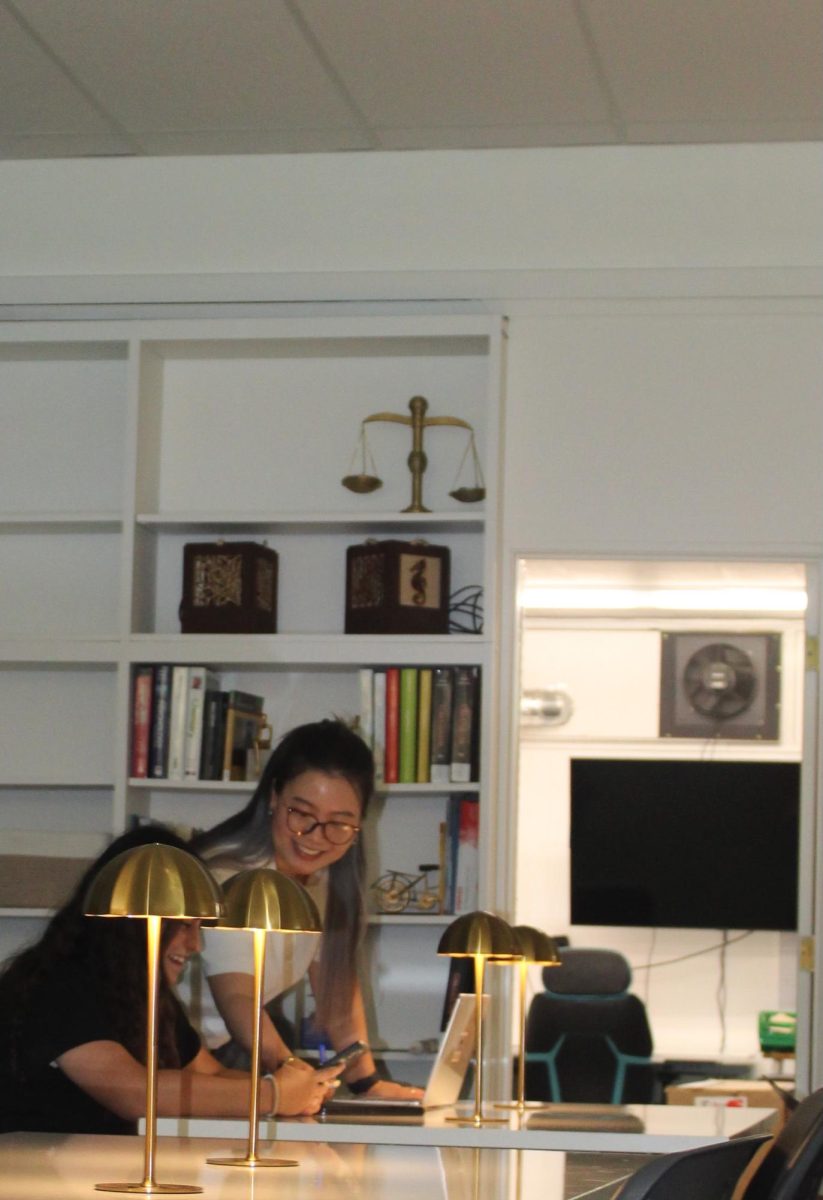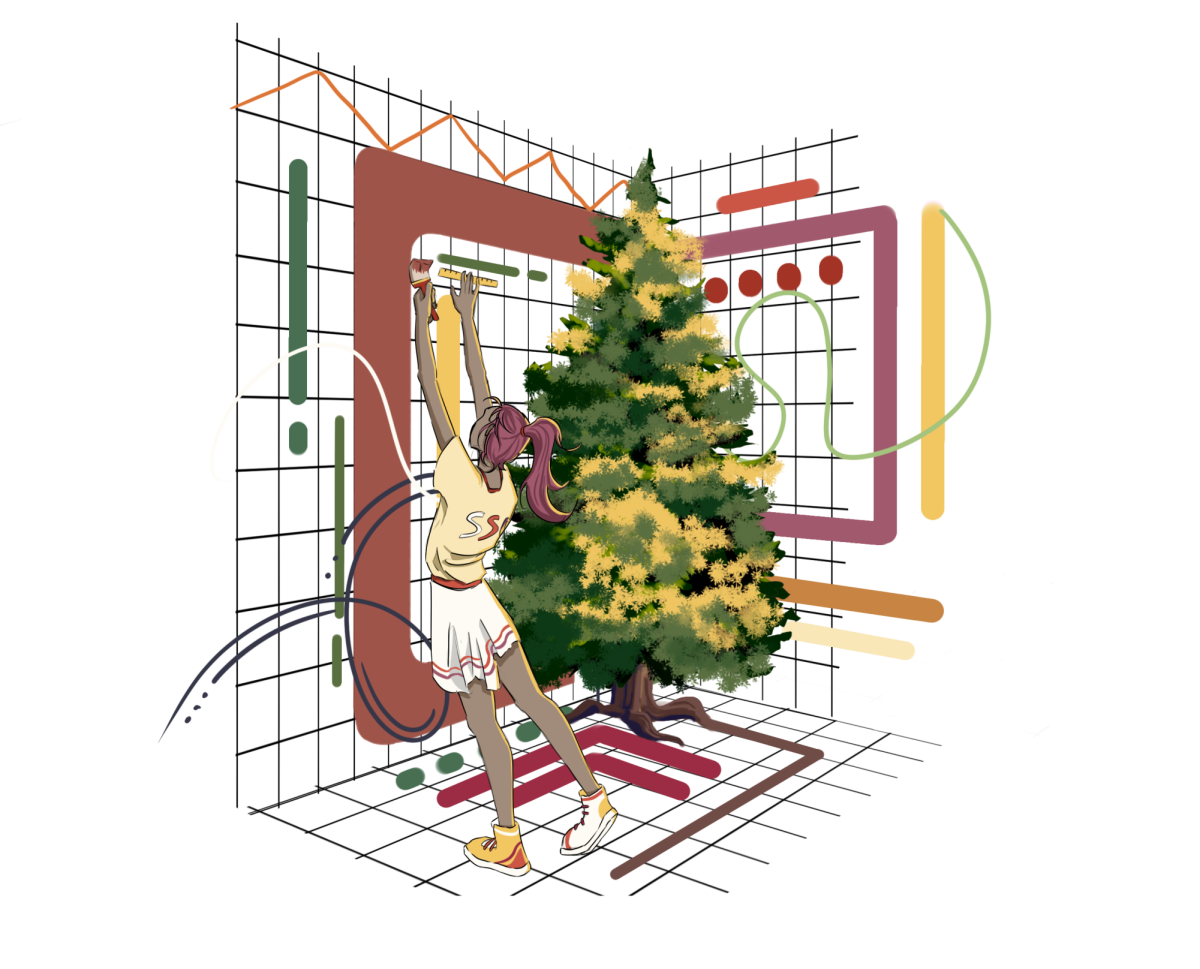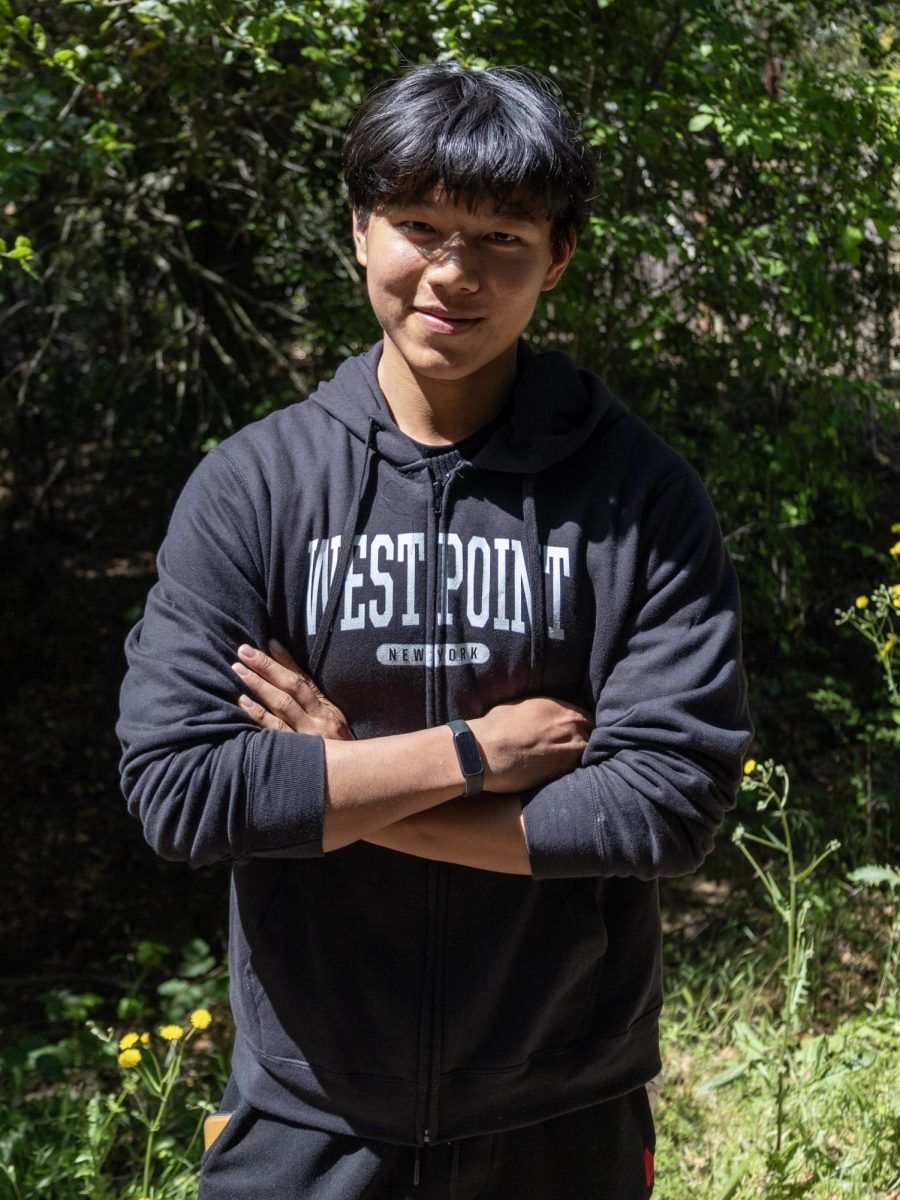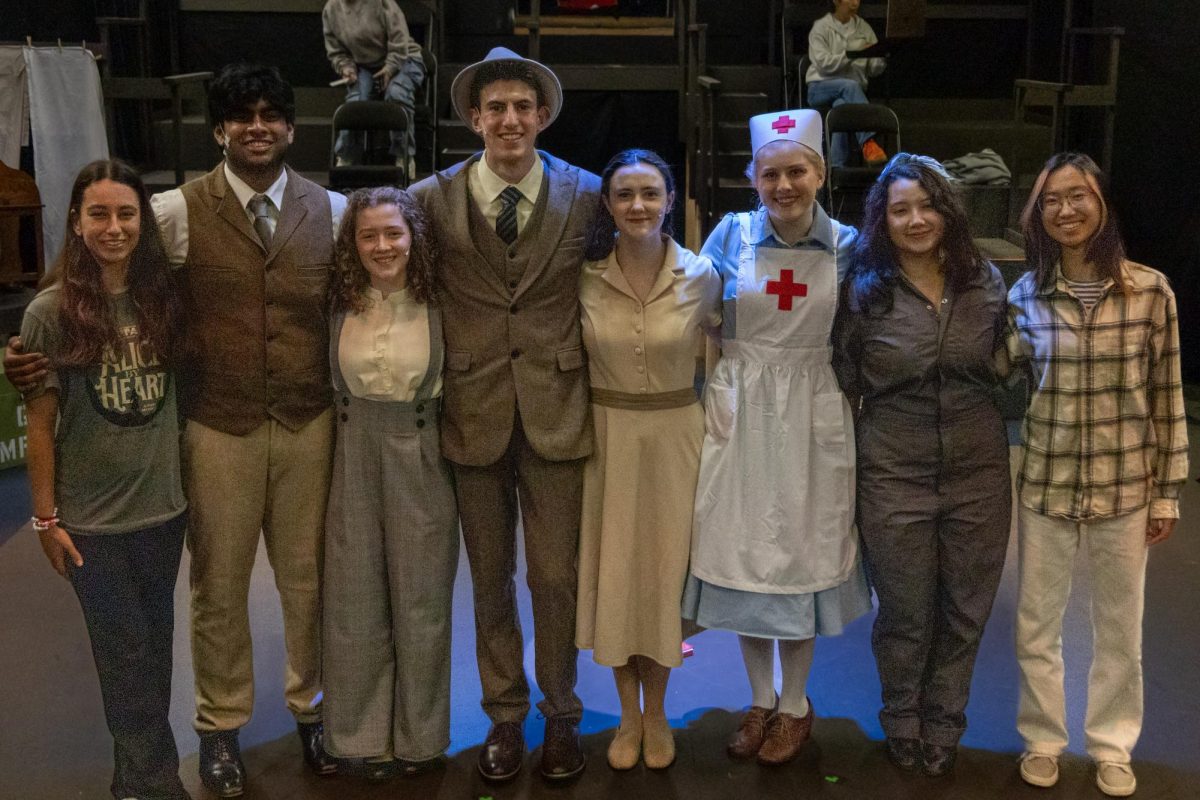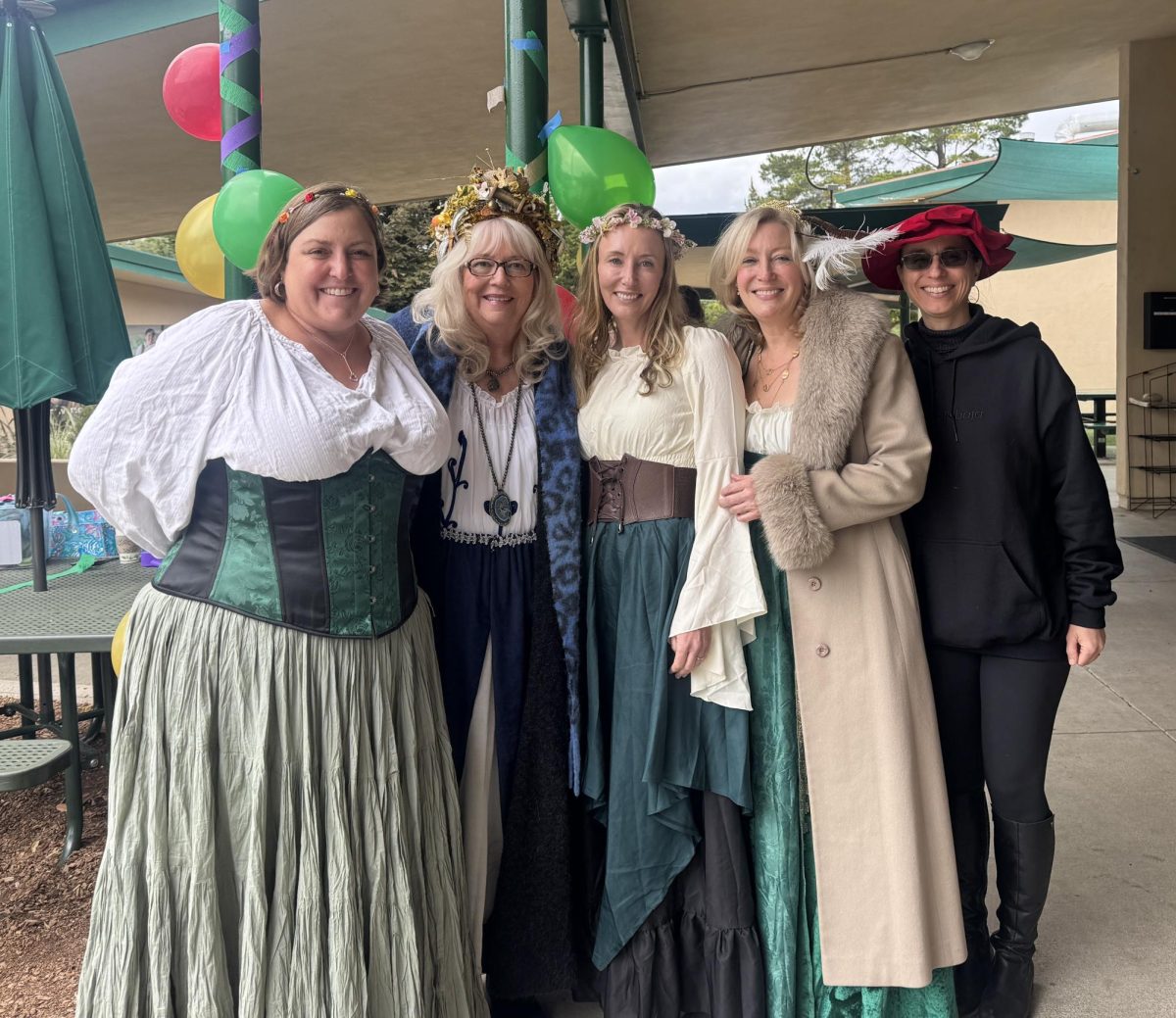If you were to walk into an empty classroom on campus, chances are you’d be able to guess what subjects are taught inside just by looking around the walls. And if that classroom happened to be a history classroom, you might know the human geography concept of ‘space versus place’ as well.
By themselves, classrooms are simply spaces, geometric areas with nothing but gray carpet and gray walls. On the other hand, the term ‘place’ describes the way people modify a space to reflect who they are. In the case of empty classrooms, our teachers adorn the walls, desks, and shelves with knick knacks, making places out of spaces.
Some decorations are used for teaching purposes. For example, biology teachers Monica Ventrice and Kimberly Hudson keep an impressive glass display of animal bones and shells in their classroom for demonstrations.
“It makes such a huge difference to be able to grab something that you can use to explain what would be a much less accessible scientific concept,” Hudson said.
Similarly, math teacher Stuart Hamilton uses his numerous wall posters of winged kittens and puppies to discourage students from factoring polynomials incorrectly.
“If they factor incorrectly, I tell them a kitten or puppy goes to heaven,” Hamilton said.
While Ventrice, Hudson, and Hamilton all have elaborately and eclectically decorated rooms, other teachers keep their walls relatively plain to avoid distractions, choosing other ways to best accommodate students. Spanish teacher Olivia Bradley’s classroom, Room 11, features individual lamps for students who prefer to work in brighter lighting, fidget toys for those who focus more easily when playing with their hands, and flexible seating to suit all movement preferences, from adjustable desks to the highly sought-after papasan chairs. She is also eco-friendly, having made her bookshelves out of rain gutters.
“I want students to feel relaxed,” Bradley said. “When students feel relaxed, they feel like they’re ready to learn.”
For other teachers, the importance of decorating classrooms lies in how the decor can inspire students.
“Decorations are the first things that communicate to students how excited teachers are about teaching,” Hudson said. “And if teachers aren’t excited about it, how are students going to be excited?”
And often, classroom decorations can spark sudden interest in students as well.
“We could not tell you how many times students have gotten excited about something because of some little thing they’ve seen in the room,” Hudson said.
Sometimes, teachers turn decorations into games for students. Hamilton’s classroom, Room 22, hosts two confounding clocks for students to ponder, one that’s rotated ninety degrees and ticks counterclockwise and another that is an amalgamation of differently colored squares and dots.
“I like to challenge students,” Hamilton said. “This clock is like a puzzle, and math is like a puzzle.”
Ventrice and Hudson have even turned Room 19 into multiple scavenger hunts by hiding dozens of camouflaged butterflies and slugs around the room.
“I call our room the ‘I Spy’ room,” Ventrice said. “I love our room.”
No matter if it has a nickname or not, every classroom has something to explore. So relax in the chairs, find the insects, solve the puzzles, and observe everything in each room that turns it from a space into a place.

